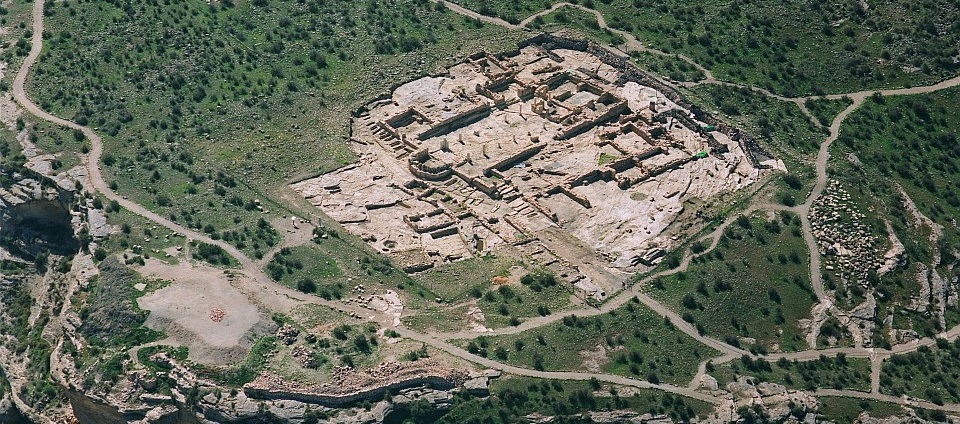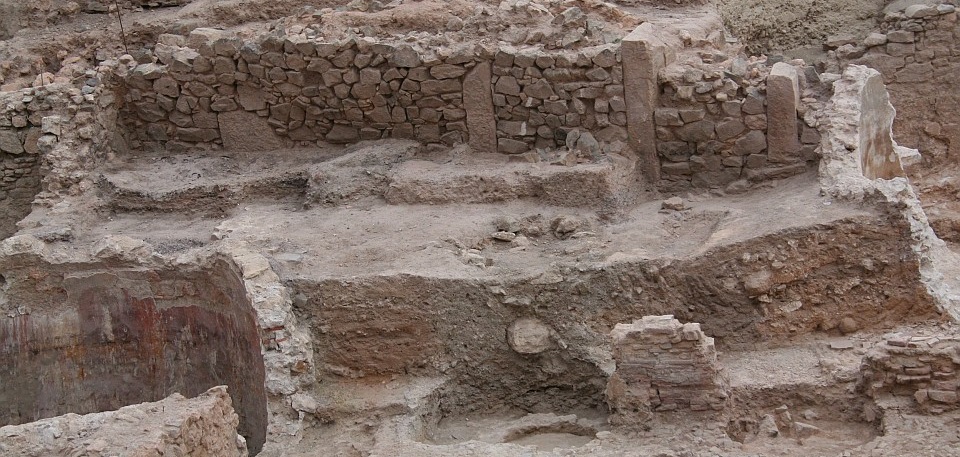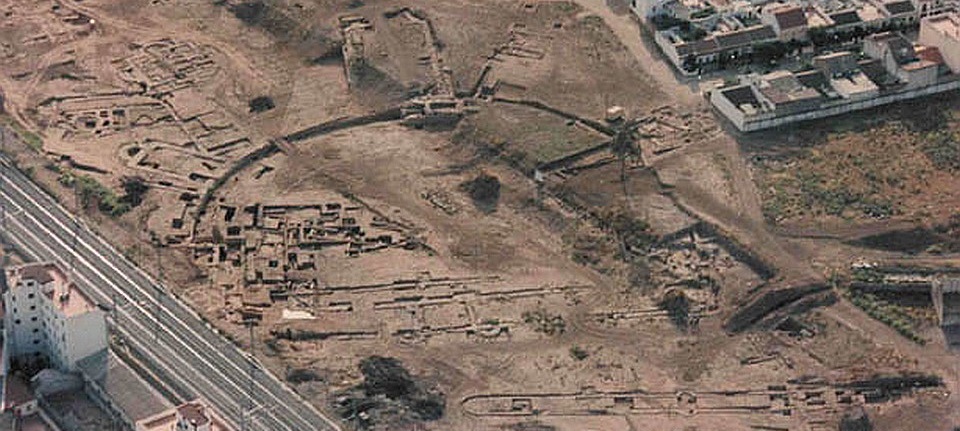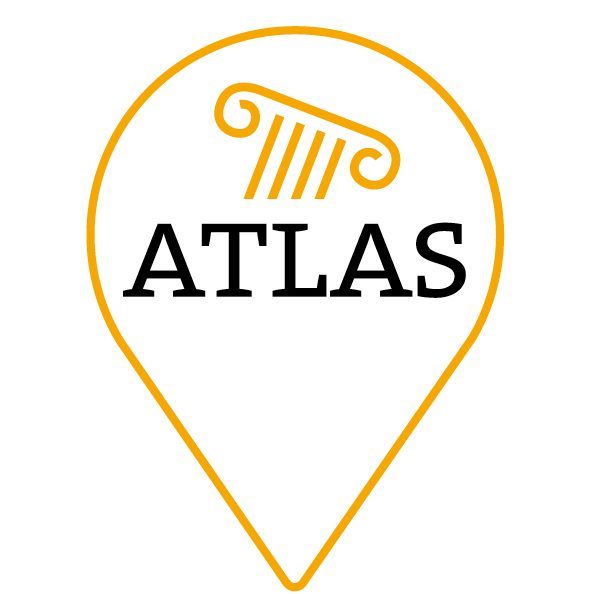The City and its territorium in Late Antiquity
The thesis that supports the continuity of cities as centres of power even after the end of the Western Roman Empire already hints at their functions: cities would have fulfilled defensive, administrative, social and economic roles, independently of the imperial constellations or regional power relations in which they were integrated in each case. Underlying this thesis is an approach to the city as it emerged with the beginning of Rome’s rule, but above all after a “formative phase” which took place at the beginning of the first Imperial period, and which manifested itself in the municipal laws. However, in 284 AD. Diocletian almost doubled the number of provinces in the course of his administrative reforms; he also introduced the system of dioceses. It seems evident that his perception of space was fundamentally different from that of Augustus, who had seen no such need for small-scale administrative units.

Economical functions of the cities
In addition to the provincial capitals and the main places of conventus, the capitals of the ecclesiastical administrative districts now appeared on the stage. On the one hand, these structural changes require a definition of the concept of “city” which applies specifically to Late Antiquity. On the other hand, these changes also show that it is not enough to concentrate on “the” city, since cities were fundamentally linked to its hinterland and integrated into a territory or region. This is also shown by their economic capacities: cities functioned as markets, as places of exchange and distribution; they were “consumer” or “producer” cities in the Weberian sense. Not a few of them were defined by these roles, which were determined by the resources of their hinterland and the surrounding countryside or resulted from their orography. Thus, the wealth of Corduba was due to the mines around it, while Carthago Nova and Gades owed their prominent position in the Republic and in the Imperial period to their ports. Both cities, however, seem to lose their attractiveness from the 3rd century AD onwards, as can be seen, for example, in the decline of their turnover – although Corduba, despite the exhaustion of its mines, manages to maintain its status and continues to experience a boom, as the unique construction of Cercadilla reflects.

To date, urban Archaeology has taken note of these developments and tends to explain them as commonplace, referring to “crisis phenomena” in general, because cities tend to be considered in isolation. The aim of ATLAS, on the contrary, is to take cities and their territorium as one single unit. What does their legal status à la longue mean? What were the implications of remaining a colonia even in the 5th and 6th centuries? How long does a supposedly particular characteristic, such as the status of a mining or port city in a region, last? What reasons may point to functional breaks in the history of cities?

Coordinators: T. Amraoui, R. Olmo López // Participants: L. Brassous, J. Vizcaíno Sánchez, E. Rocca

